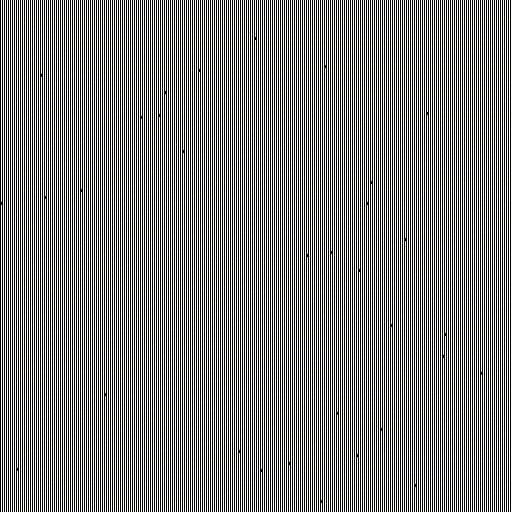1 unstable release
| 0.1.0 | Sep 7, 2021 |
|---|
#1279 in Graphics APIs
7MB
2K
SLoC
shadergraph
Shadergraph is a tool for building hot-code-reloadable shader pipelines. For a tutorial for how to get started, consult the introductory blog post or the shadergraph lisp language documentation.
Usage
Once you've installed shadergraph via cargo install shadergraph, test to see that it is installed properly by running:
shadergraph --help
This should print out some usage information. To create a new project, run:
shadergraph new path/to/project
This will create a new example project in the specified directory. To run a shadergraph, cd into the directory of a project and run:
shadergraph run
This should open a new window and start running your graph. Don't close the window if you want to make changes; instead, open the project in an editor of your choice - the graph will update on save.
If a build error is encountered while reloading, shadergraph will log the error and continue executing the old graph.
Fancier Usage
You can pass input images and videos to shadergraph using the -i flag. This flag takes a list of paths to photos/videos - you must pass the same number of input photos/videos as the number of (input ...)s specified in shader.graph.
Once you've got a nice shadergraph, to render out a png sequence, use the render subcommand. This subcommand works exactly the same as run, but requires an output directory. To render the game of life demo out into a gif, run:
mkdir out
shadergraph render demos/life -o out -s 30 -e 430
ffmpeg -i "out/frame-%4d.png" -framerate 30 life.gif
You should see something like this (it might be a little fancier):

Happy hacking!
Dependencies
~16–32MB
~421K SLoC